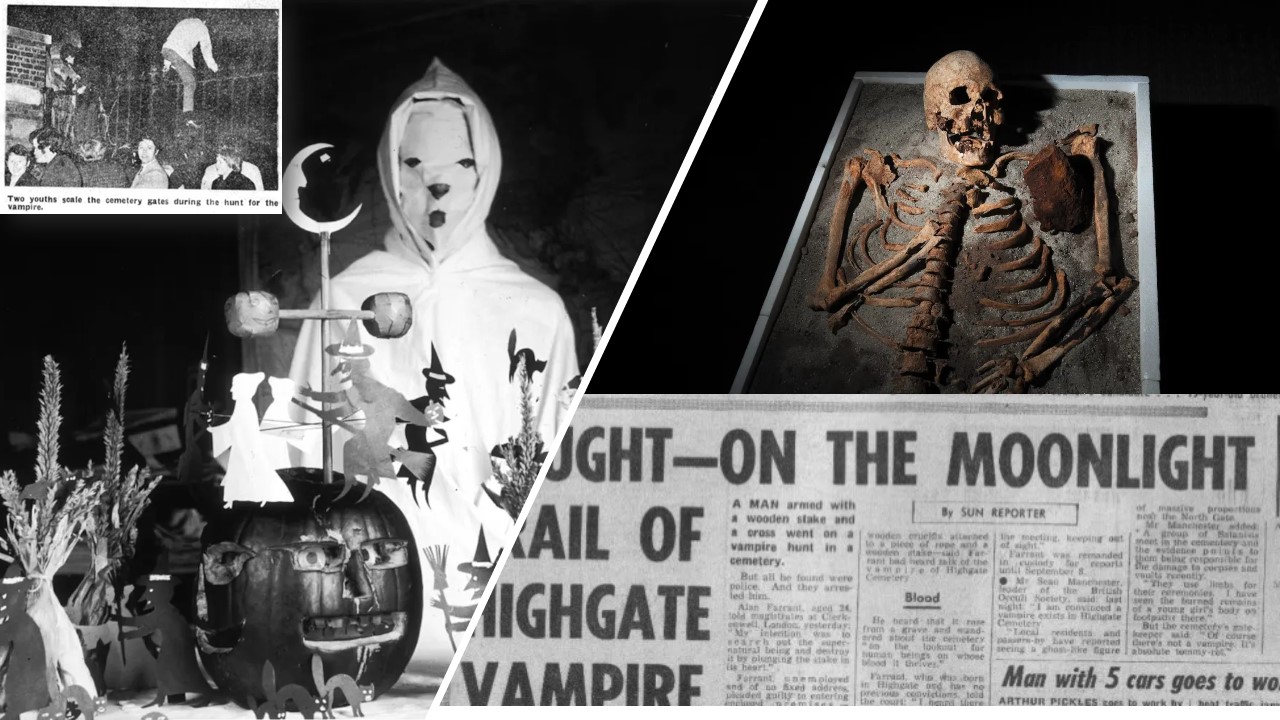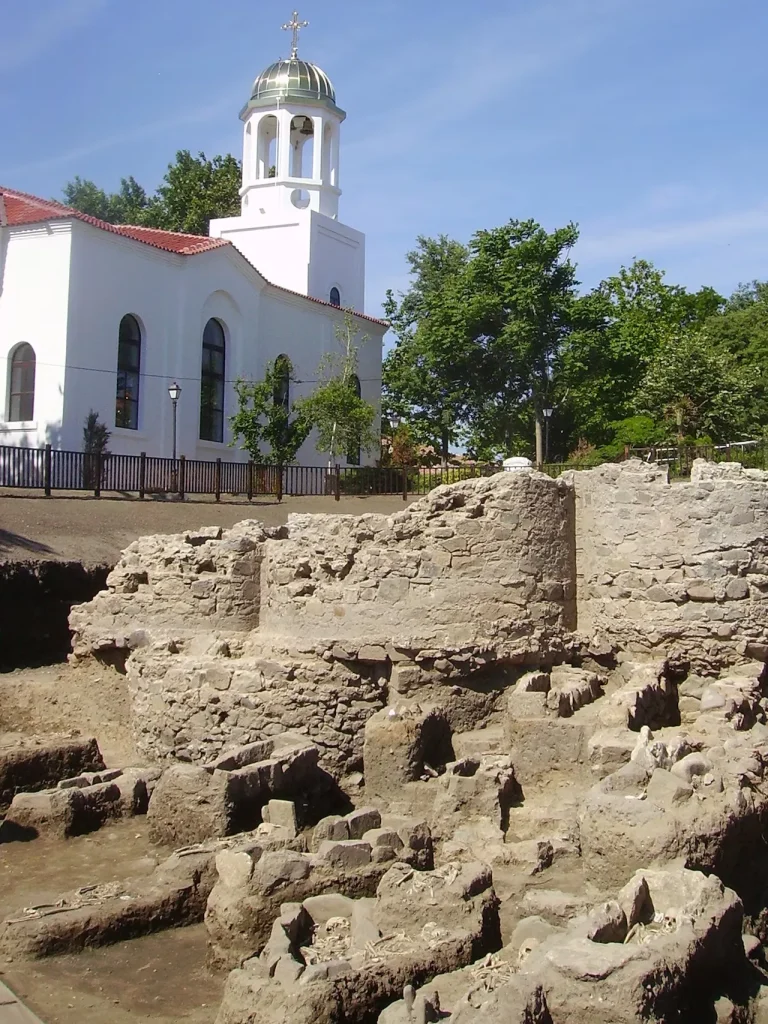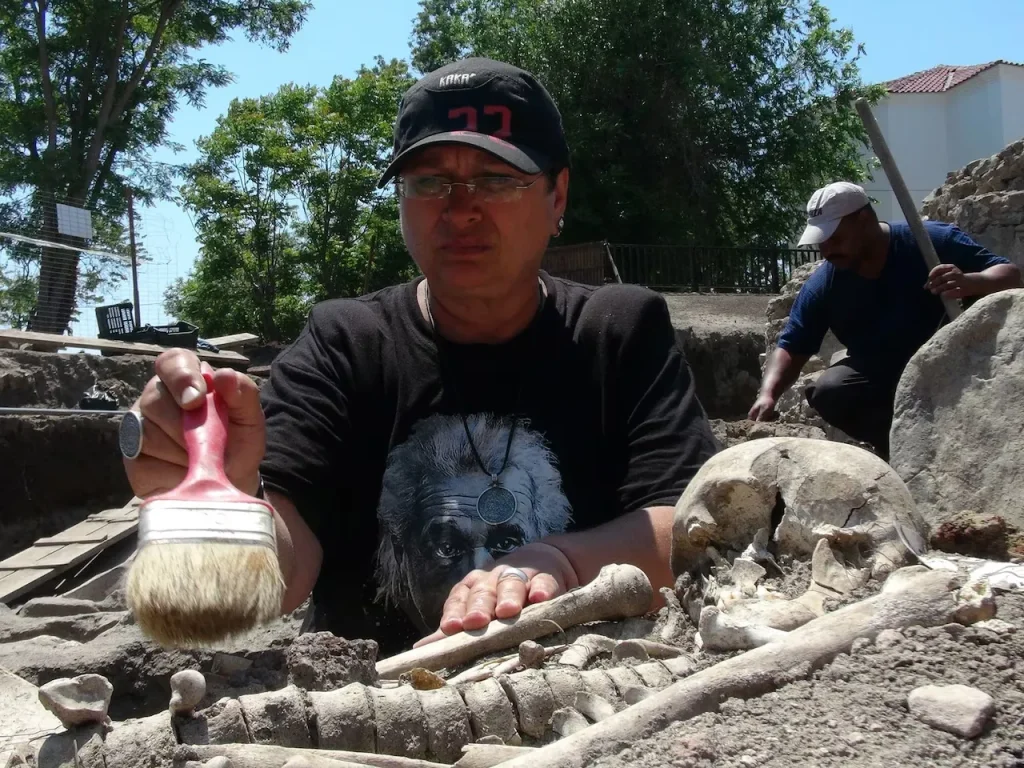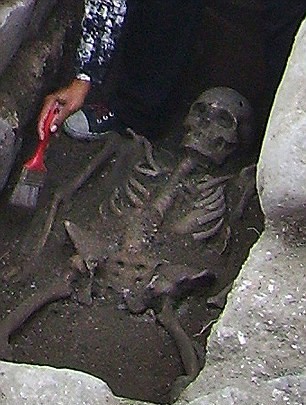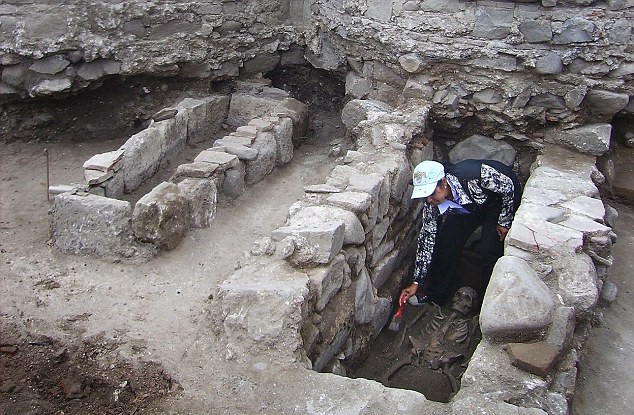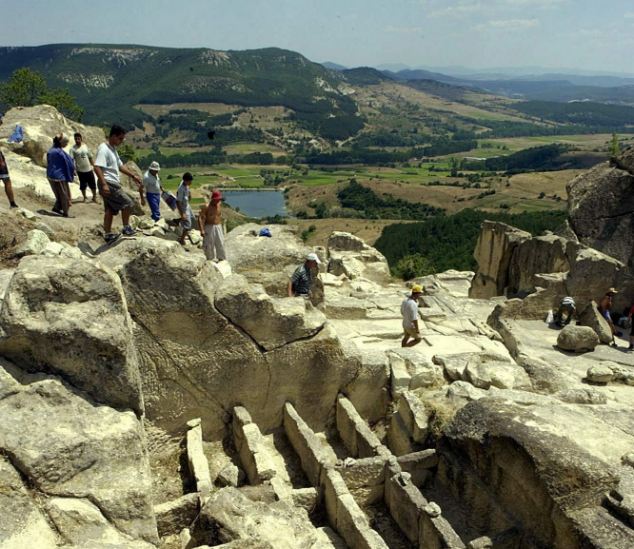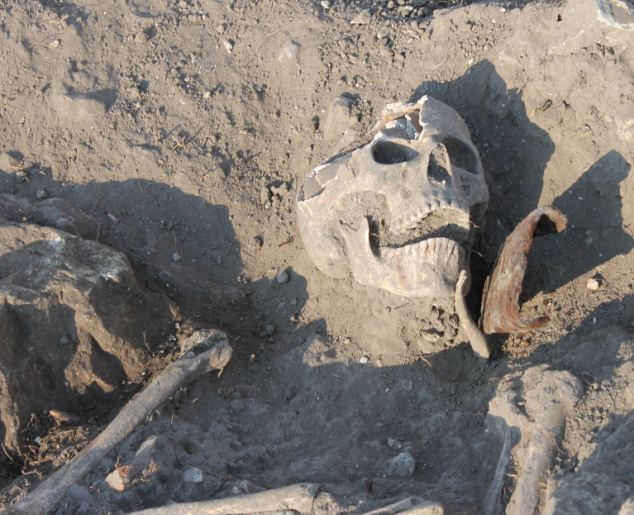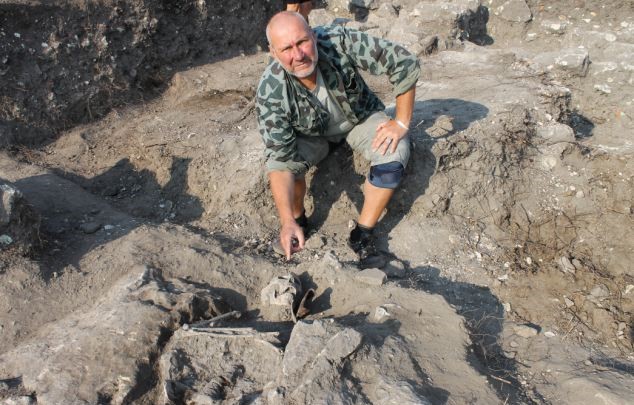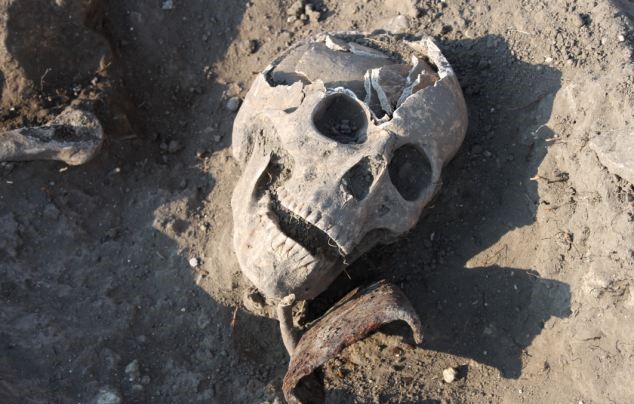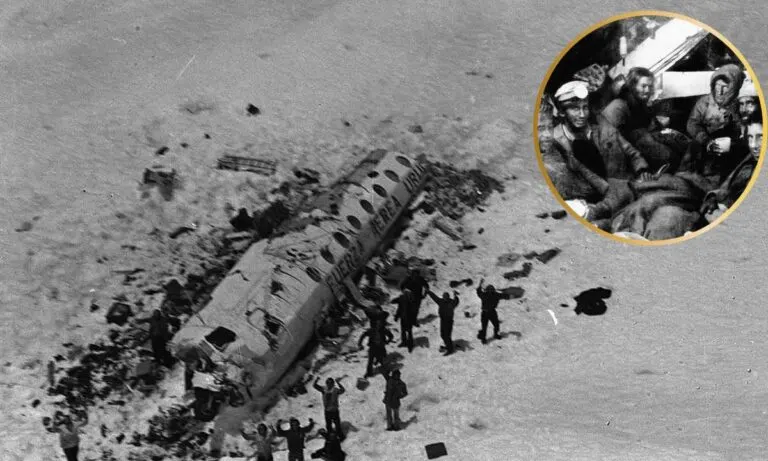Toothless “Vampire” Skeleton Found in Bulgaria!
A find in the town of Sozopol, Bulgaria, sent shock waves through the archaeological world. This is the “Toothless Vampire” skeleton that is 700 years old. The skeleton was placed among church ruins in the Black Sea town of Sozopol. Eerily, the skeleton is stabbed in the chest with an iron rod (upper right) and is toothless. Let’s have a look at the details of this finding.
A Frightening Find in Sozopol
The archaeologists, digging with hope and thoroughness, hit something quite out of the blue. It was the “Toothless Vampire” skeleton, which immediately raised eyebrows. Noticeably missing were the teeth, a characteristic that set apart from all those skeletons found throughout Europe. Along with it lay an iron bar, a chilling addition in the grave to prevent a feared return from death. Such findings make the Sozopol toothless vampire skeleton a frightful discovery.
“We have no doubts that once again we’re seeing an anti-vampire ritual being carried out.”
Nikolai Ovcharov, the archeologist in charge of the dig, told the Telegraph.
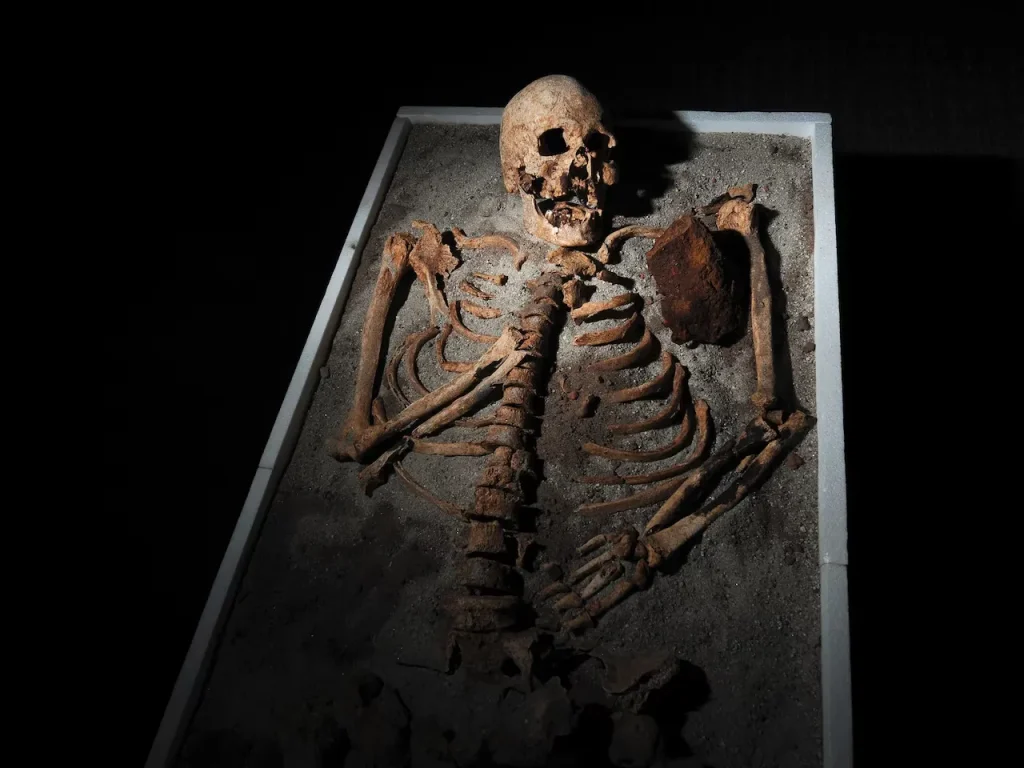
The legend of the vampire runs deep in the annals of vampire history. People often feared the dead as harmful spirits. This wasn’t a set of bones. This was a storybook from the past, reopening chapters of folklore that fascinated humans for centuries. The burial practice reflects ancient methods designed to prevent vampires from rising. These customs ensured those believed to be vampires wouldn’t return to haunt the living, as exemplified by the toothless vampire skeleton found in Bulgaria.
“This was a pagan belief widespread in the Bulgarian lands in the 12th to 14th centuries. People were very superstitious then. Throughout the country we have found over 100 such ‘vampire’ burials of mainly noblemen from the Middle Ages who were branded bloodsucking immortals.”
Bozhidar Dimitrov, the director of the National History Museum in Sofia.
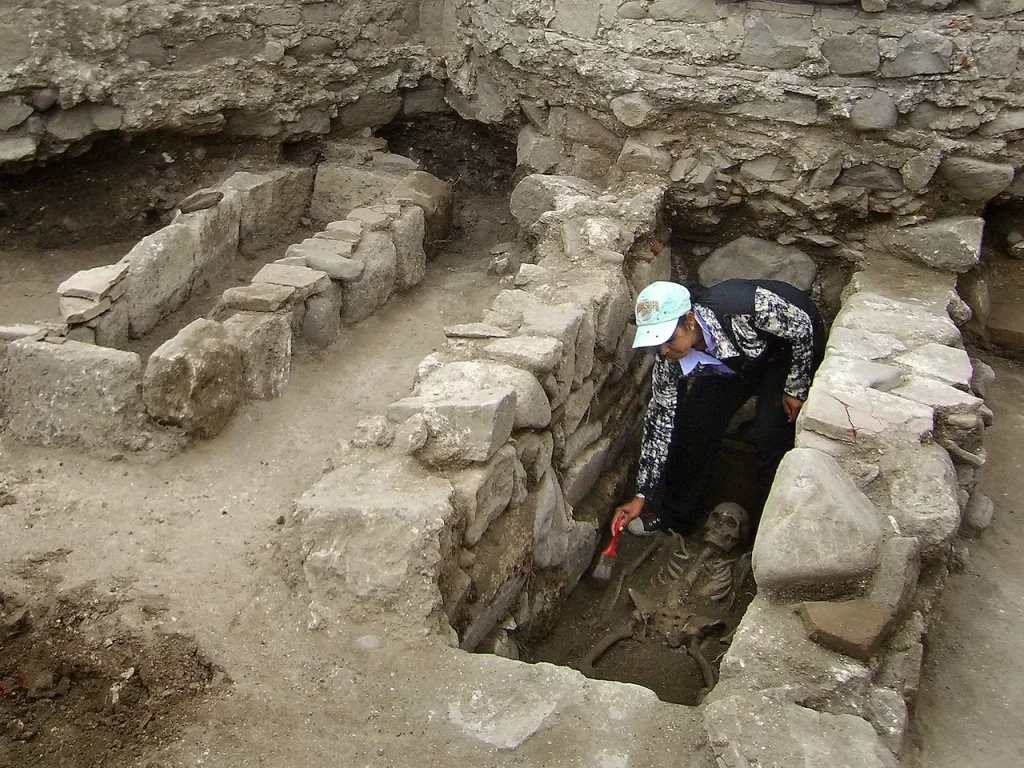
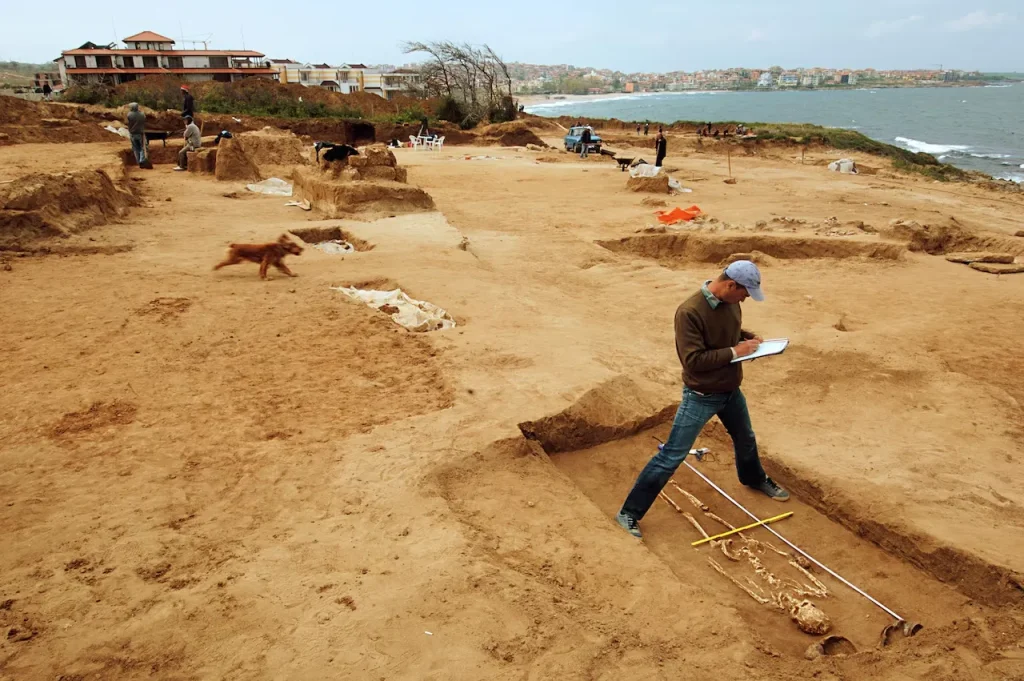
Interpreting the Past Through Burial Practices
Digging the site has given great insight into the fears and beliefs of the ancient Bulgarians. The use of the iron bar here suggests a community fearful of the undead. This is common in regions surrounding stories of vampire history. Such practices provide insights about the beliefs and practices of our ancestors.
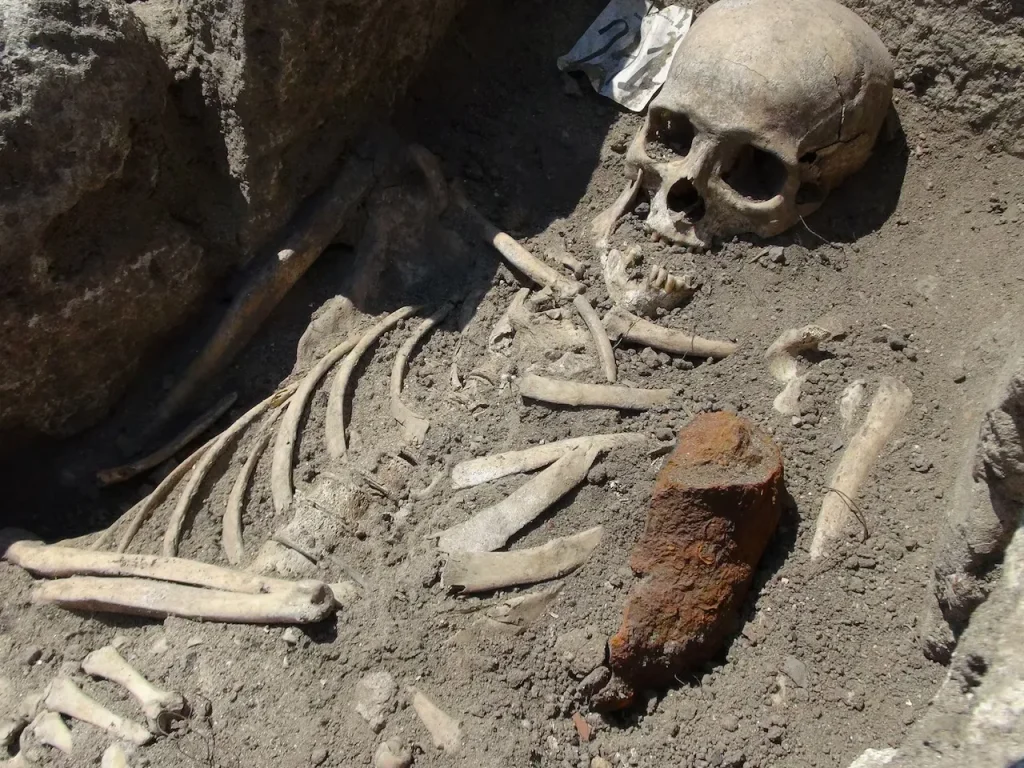
Amongst the Romani, anyone who was missing a finger, had an appendage similar to those of an animal or had a horrible appearance was regarded as “one who is dead,” while in Russia, those who talked to themselves were suspected of having a vampire nature.
Fire could kill these creatures while they walked at night, and iron stakes through the heart of a corpse could prevent it from returning from the grave as a vampire. Persons born on Saturday were thought to have a special talent as vampire hunters, too. Vampire hysteria commonly took hold of Slavic villages, with corpse-stakings occurring frequently. Around the region, archeologists have unearthed over 100 graves in which remains have been pinned down with such vampire-deterring methods.
Smithsonian Magazine / Los Angeles Reports
Analyzing the “Toothless Vampire”
Forensic analysis has helped to bring out not only the skeleton’s age but also its origins. It allows a clearer view of just who this person was. Carbon dating suggests that the burial is from medieval times when superstition and fear of supernatural things were common. DNA results were not released according to reports. But it might provide information about the lineage of the individual and perhaps even his health at the time of death. Analyses like these help piece together the story behind the toothless vampire skeleton.
Findings like this only raise the debate between historians and archaeologists, as the discoveries made challenge our belief systems of the past. Each test, each study brings us one step closer to deciphering the thin veil separating myth from reality in historical contexts. Such discussions generally build on our understanding of how history, culture, and superstition intermingle, as is the case with the toothless vampire skeleton.
Conclusion
The “Toothless Vampire” skeleton in Bulgaria is more than an archaeological curiosity. It’s a gateway into the past and a look inside at one of those things that once controlled everyday life. This is not just adding one more chapter to the history of vampire legends. Even more, it challenges us to think of how our ancestors faced up to the unknown through discoveries like the toothless vampire skeleton.
Also read,

